 |

|
 
|
 
|
 
|

|
Nagycenk
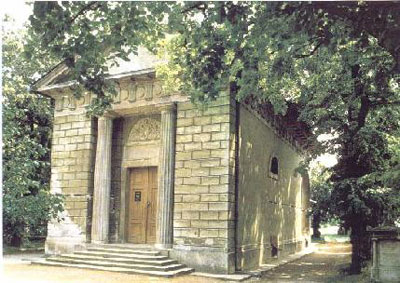 |
The Széchényi Mausoleum in the village cemetery is the most sacred place of pilgrimage for Hungarian people. It is not only a memorial place of national identity, but also an invaluable piece of art, with its unique architecture and interior. The Classic chapel is the family grave of the Széchényis, providing a worthy environment for its 'dwellers' with its artistic and emotional unity. The mausoleum is the final resting place of Count Ferenc Széchényi, the founder of the Hungarian National Museum and his son, Count István Széchenyi, the outstanding politician of the Reform Age.
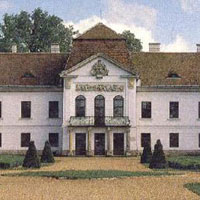 |
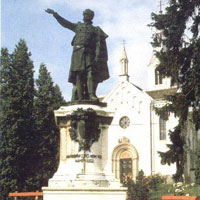 |
It is worth entering the Széchényi Castle, the former seat of the family, through the wrought-iron gate, protected by guardhouses, across the French garden. In spite of its humble exterior, the castle is one of the most beautiful country mansions of Hungary. The family’s coat of arms is displayed on the front balconies supported by Tuscan pillars. Its library, its collection of 6,000 maps, and its numismatic and mineral collections were nationally famous during Ferenc Széchényi’s life, but its golden age came in the period when it was owned by Count István Széchenyi. The István Széchenyi Memorial Museum presents the life and work of the 'Greatest Hungarian'. A stud farm, an open-air locomotive museum and a Nostalgia Train were established in Nagycenk to express the country's appreciation of Count Széchenyi and his varied political and economic activity, all aimed at the development of his beloved nation. The Nostalgia Train rattles through the beautiful area in high season. A pleasant park promenade opposite the castle, bordered by lime trees, still exists, delighting every visitor who enters it. The trees were planted by Zsuzsanna Barkóczy, the wife of Antal Széchenyi, the castle's builder. The inhabitants of the village may also be thankful to Széchenyi’s widow (Countess Crescentia Seilern), who had a beautiful neo-Romanesque church designed and built by Miklós Ybl. The statue of István Széchenyi is standing in the park outside the Church.
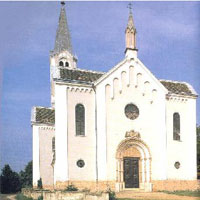 |
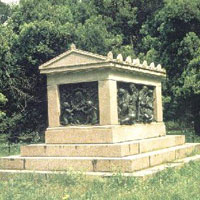 |
|
|
